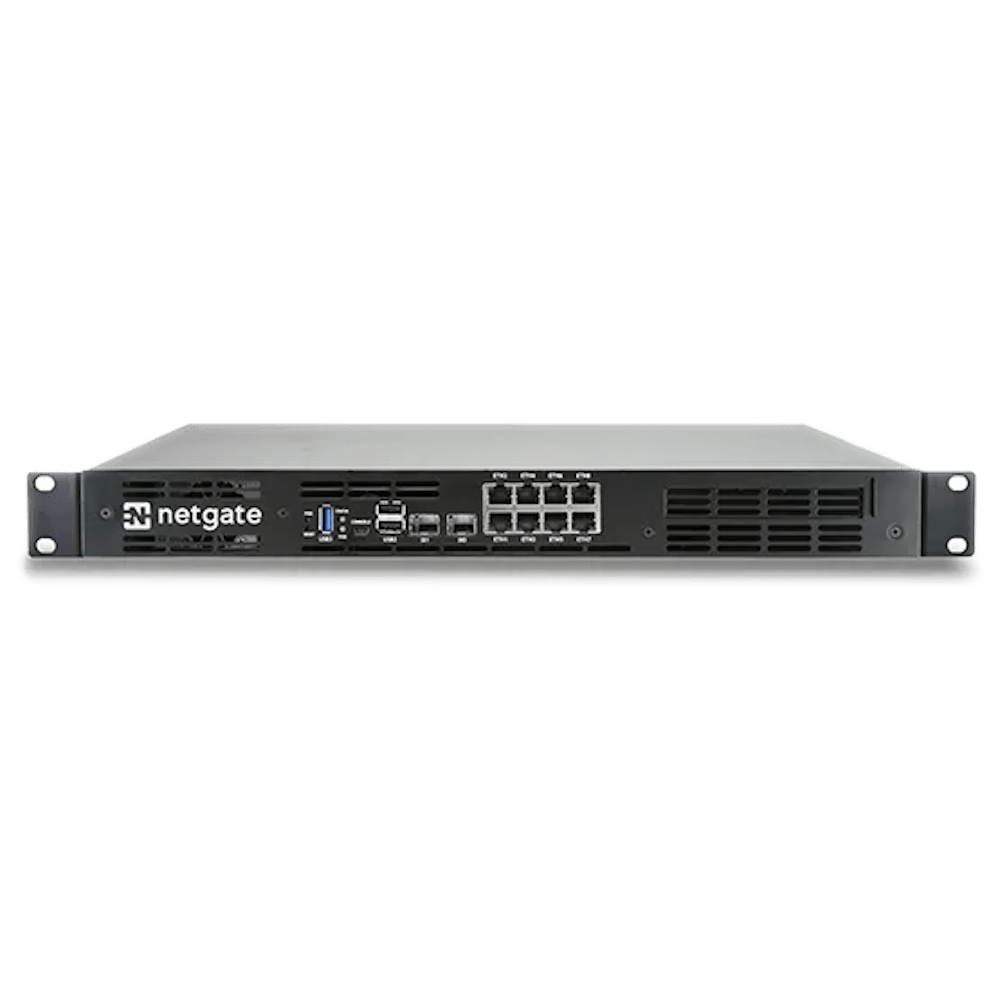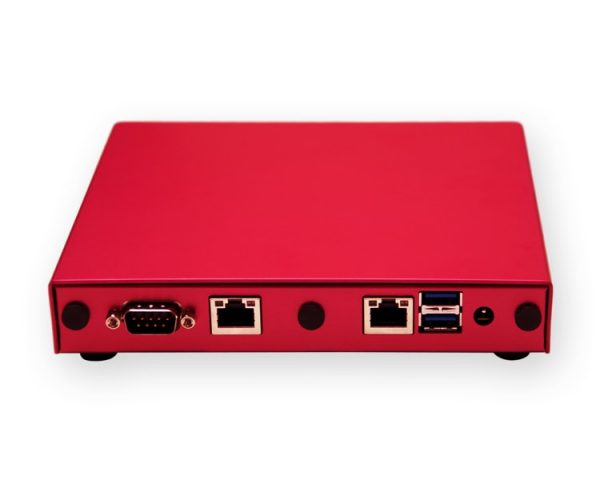

# Linux is similar - and I think this also works on OSX: How did I do this?ĭiskutil unmountDisk /dev/disk3 # prepend sudo if necessary The device at /dev/disk3 is my target drive, and is completely empty. It has multiple partitions and is ready for use. Examining the image above, you can see I have an already written pfSense installer on the device at /dev/disk2. Once you have the identifier, you can move forward. Here's how this is commonly done on Linux : I'm presently on OSX, so I plug in my USB sticks and run the following command from the terminal to see all my devices: diskutil list Many *Nix systems mount devices to /dev and append the device identifier like so: # On OSX: If you have questions, ask and I'll try tohelp you out. Getting this wrong could result in overwriting your current operating system! Make sure you have the correct identifier before moving beyond this step. First, find the disk(s) you want to prepare and take note of the identifier(s).And just to reiterate, I wouldn't consider dd a security-grade option - again, that's not the goal here.ĭespite the following tome, wiping and writing the disks is simple: If I had an up-to-date Win10 system I would use cygwin or equivalent to use dd there as well. It's almost universal, fast, simple, and reliable.

I prefer to do most of my systems prep on *nix systems, and my tool of choice for wiping and writing USB disks is dd. The point is a simple wipe to break up any contiguous file- or pointer-like structures. Security style 7-pass or even writing random data is overkill here. Probably paranoid overkill, but who knows. I like doing as a measure to prevent latent partition/file pointers/data from ever becoming an issue. In both cases, it's not a bad idea to also zero out the drives in question. I'm writing an image to one disk and installing from it to the other. Your process may vary so use the above to guide you and I'll outline my process below. Select your media/OS/image writer as described above and buckle up for awhile - this process can take some time. Also worth noting is that the USB link below covers decompressing files, while optical does not: The following links point to official documentation. I'm going to be using two USB sticks for the install process: the first is the pfSense installer and the second is the boot drive onto which pfSense will be installed.īut before that, you'll need to decompress the image you downloaded.


 0 kommentar(er)
0 kommentar(er)
